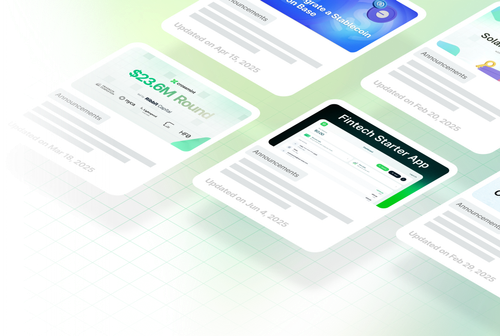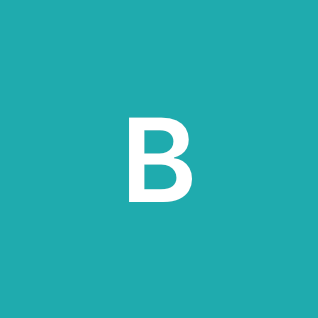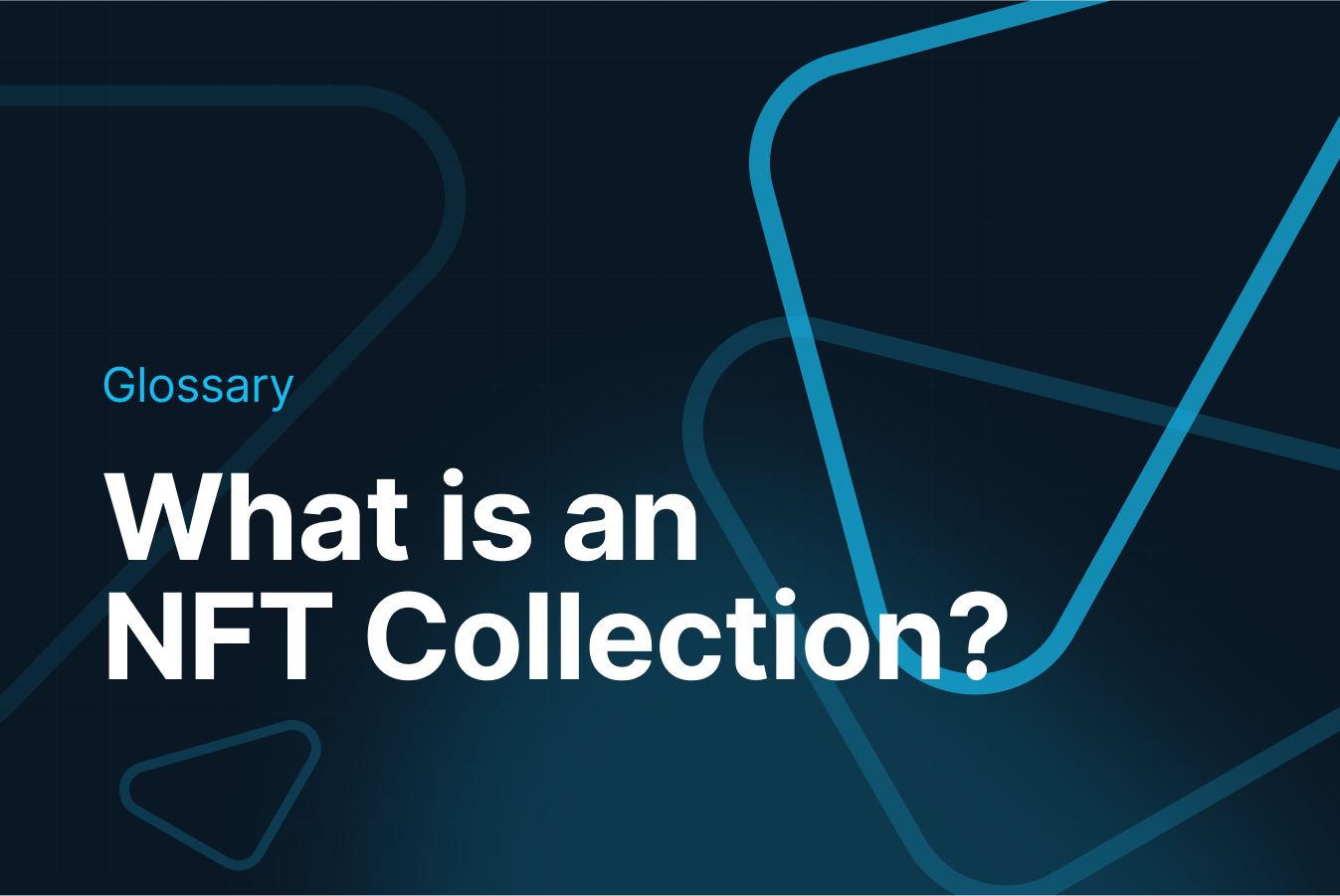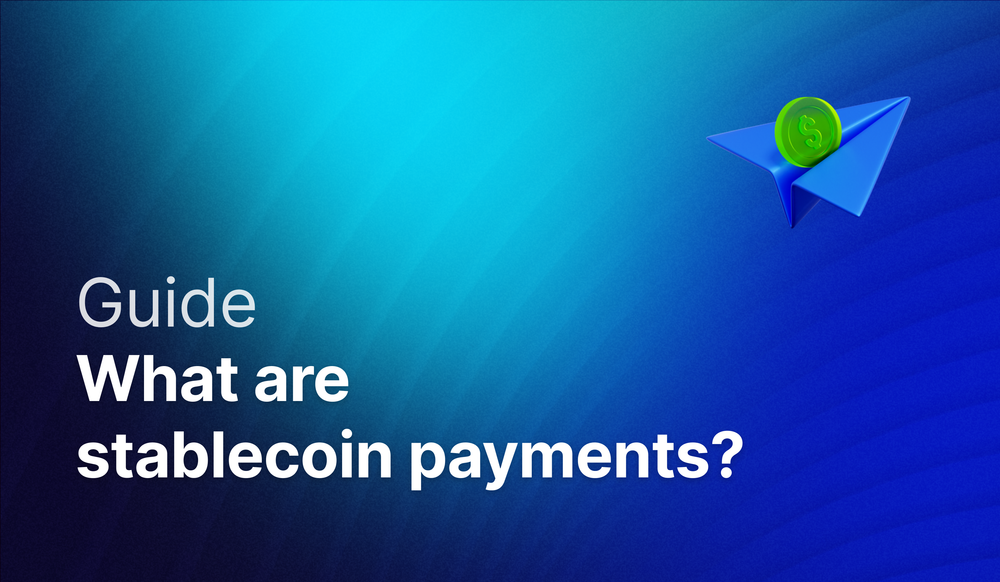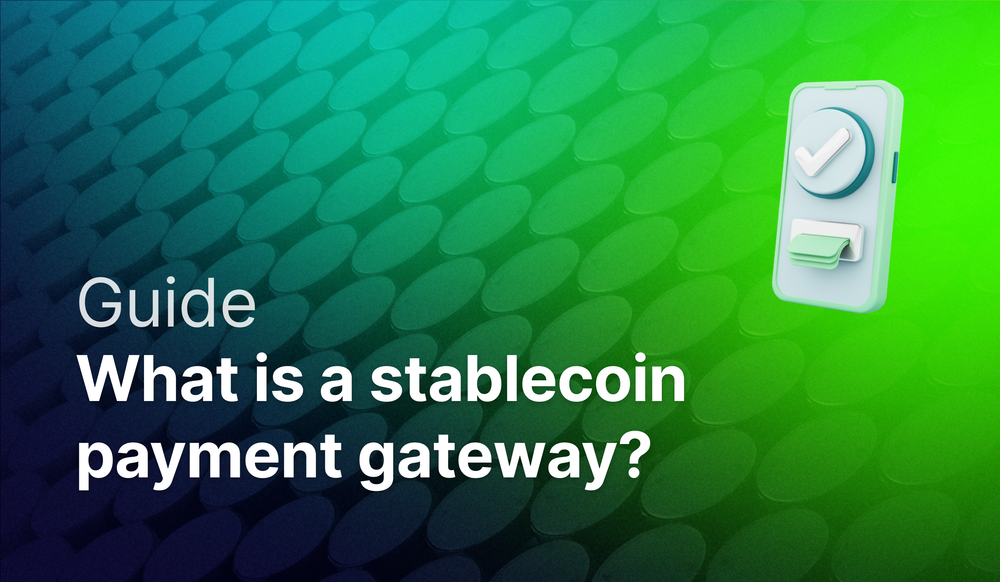In recent years, the digital world has witnessed a revolutionary change with the emergence of Non-Fungible Tokens (NFTs), a novel concept that has reshaped our understanding of digital ownership and art. At the forefront of this transformation are NFT collections, which have not only captivated the attention of artists and investors alike but also sparked a global conversation about the future of digital assets.
This article aims to delve into the realm of NFT collections, unraveling their essence, benefits, and showcasing some remarkable examples that have set the stage for a new era in digital art and collectibles.
What is an NFT Collection?
An NFT (Non-Fungible Token) collection is essentially a series of blockchain-based assets, each with unique identifying codes and metadata that distinguish them from one another. Unlike fungible tokens, like cryptocurrencies, which are identical and can be exchanged on a one-to-one basis, each NFT in a collection has a unique digital signature, making it impossible for them to be exchanged or equated on a like-for-like basis.
This uniqueness allows NFT collections to span a diverse range of digital assets - from digitized artwork and music to tokenized real-world assets, web3 gaming items, and even complex financial products. The intrinsic value of each NFT in a collection is not just in its rarity or the asset it represents, but also in its immutable record on the blockchain, providing provenance, ownership history, and authenticity.
How NFT Collections Differ from Individual NFTs
While individual NFTs are standalone digital assets, NFT collections represent a more comprehensive investment in a themed series of assets. The technical distinction lies in the smart contract: a collection is typically governed by a single smart contract that manages the entire set of tokens, whereas individual NFTs may each have their own contract. This unified approach in collections enables more complex interactions and relationships between the tokens, often enhancing their collective value.
For instance, in a gaming context, owning a complete set of NFTs from a collection might unlock special abilities, skins or access within the game.
From a financial perspective, collections can represent a diversified portfolio of digital assets, where the risk and potential returns are spread across multiple NFTs, each potentially appreciating in value independently.
What are the Benefits of NFT Collections?
- Diversification of Investment: NFT collections offer a form of digital portfolio diversification. Unlike traditional assets, these collections can include a wide range of digital goods, from art to virtual real estate and exclusive gaming items. This diversification can potentially reduce risk, as the value of the collection isn't tied to a single asset.
- Enhanced Market Liquidity: The blockchain technology underpinning NFTs introduces enhanced liquidity to the market. Buyers and sellers can transact directly and instantaneously, without the need for intermediaries. This increased liquidity makes NFT collections more attractive to investors who seek assets that can be quickly and easily traded.
- Proof of Ownership and Authenticity: The blockchain’s immutable ledger ensures each NFT’s authenticity and ownership history. This transparency is crucial for collectors and investors, offering a clear lineage of ownership and verifying the uniqueness of each item in a collection.
- Access to Exclusive Communities and Benefits: Owning NFTs from certain collections can grant access to exclusive communities, events, or rewards. For instance, holders of specific gaming NFTs might gain access to VIP gaming experiences or special in-game bonuses, adding a layer of utility and value to the collection.
- Potential for High Returns: While the NFT market is known for its volatility, there is a significant potential for high returns. As the demand for certain collections grows, their value can skyrocket, leading to substantial gains for early adopters and savvy investors.
- Innovative Use Cases in Various Industries: Beyond art and entertainment, NFT collections are finding innovative applications in various sectors like real estate, where tokenized property assets can be traded as NFTs, and in finance, where NFTs represent complex financial instruments. These applications illustrate the versatility and potential of NFT collections in the digital economy.
Examples of Successful NFT Collections
- CryptoPunks: One of the earliest and most iconic NFT collections, CryptoPunks consists of 10,000 uniquely generated characters. What makes this collection stand out is its limited number and the distinctive, pixelated art style of each Punk. CryptoPunks have become a symbol of status and exclusivity in the NFT space, with some selling for millions of dollars.
- Bored Ape Yacht Club (BAYC): BAYC is a collection of 10,000 unique Bored Ape NFTs, each offering its owner membership to a virtual yacht club. The collection is renowned not just for its artistic value but also for the community and benefits it offers, including access to exclusive events and intellectual property rights for the apes they own.
- Decentraland Virtual Real Estate: Decentraland is a virtual world where the land itself is tokenized as NFTs. Each piece of virtual real estate in this blockchain-based game is unique, offering owners the opportunity to develop their plots with a range of content, from games to social gatherings, illustrating the potential of NFTs in virtual environments.
- NBA Top Shot: This collection features tokenized NBA moments, where fans can buy, sell, and trade officially licensed NBA collectible highlights. NBA Top Shot demonstrates how NFTs can transform the sports memorabilia market, offering a digital, interactive experience for sports enthusiasts.
- Axie Infinity In-Game Assets: Axie Infinity, a blockchain-based game, revolves around collectible creatures called Axies, each represented as an NFT. These Axies can be bred, battled, and traded, demonstrating the utility of NFTs in gaming ecosystems and their potential to create new economic models within games.


